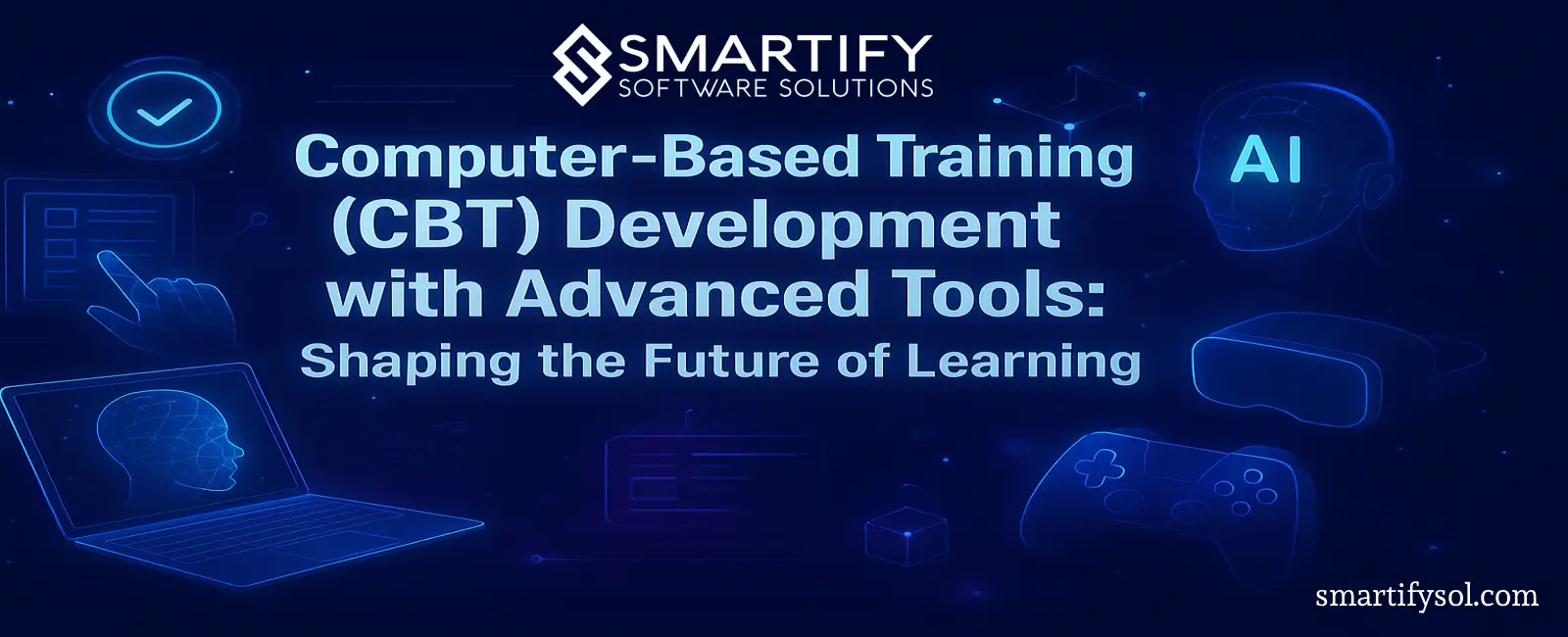Computer-Based Training (CBT) software applications have revolutionized the way organizations deliver training and education. With a focus on interactivity, accessibility, and scalability, these tools cater to the diverse needs of learners across industries. In this blog post, we will delve into the core features of CBT software that make it an indispensable resource for modern learning.
1. Interactive Learning Modules
CBT software often includes highly interactive learning modules designed to engage users. These modules can feature:
- Simulations and Scenarios: Replicating real-world environments for hands-on learning.
- Drag-and-Drop Activities: Encouraging active participation.
- Quizzes and Assessments: Providing instant feedback to learners.
2. Customizable Content
One of the standout features of CBT software is the ability to customize content to meet specific organizational needs. Users can:
- Develop unique training programs.
- Incorporate branding elements.
- Adapt modules to different languages or cultural contexts.
3. Multimedia Integration
Modern CBT software supports rich multimedia content to enhance learning experiences, including:
- Videos: Tutorials, lectures, and case studies.
- Audio: Narrations and podcasts.
- Animations: Simplifying complex concepts visually.
4. Learning Management System (LMS) Integration
CBT software often integrates seamlessly with Learning Management Systems (LMS), allowing organizations to:
- Track learner progress.
- Manage training schedules.
- Generate detailed performance reports.
5. Self-Paced Learning
A key advantage of CBT is enabling learners to proceed at their own pace. Features supporting this include:
- Pause and resume functionality.
- Progress tracking.
- Modular course design for flexibility.
6. Accessibility and Mobility
CBT software is typically accessible across devices, ensuring learners can engage with training materials anytime, anywhere. Features include:
- Mobile compatibility.
- Offline access.
- Multi-platform support (Windows, macOS, iOS, Android).
7. Gamification Elements
Gamification is increasingly incorporated into CBT applications to make learning enjoyable and rewarding. These elements may include:
- Points and badges for achievements.
- Leaderboards to foster friendly competition.
- Challenges and rewards to maintain motivation.
8. Robust Analytics and Reporting
Effective training requires insights into learner performance. CBT software often provides:
- Detailed analytics dashboards.
- Customizable reporting tools.
- Real-time progress tracking.
9. Collaborative Features
Many CBT applications support collaborative learning through:
- Discussion forums.
- Group activities.
- Peer reviews and feedback mechanisms.
10. Scalability and Cost-Effectiveness
CBT software can scale to accommodate organizations of any size, offering:
- Unlimited user licenses.
- Cloud-based deployment for scalability.
- Reduced costs compared to traditional training methods.
Conclusion
CBT software applications are transforming training by making it more engaging, accessible, and efficient. With features like interactive modules, multimedia support, and robust analytics, these tools empower organizations to deliver impactful learning experiences. By leveraging the full potential of CBT software, businesses and educators can equip learners with the skills and knowledge they need to excel in today’s fast-paced world.



